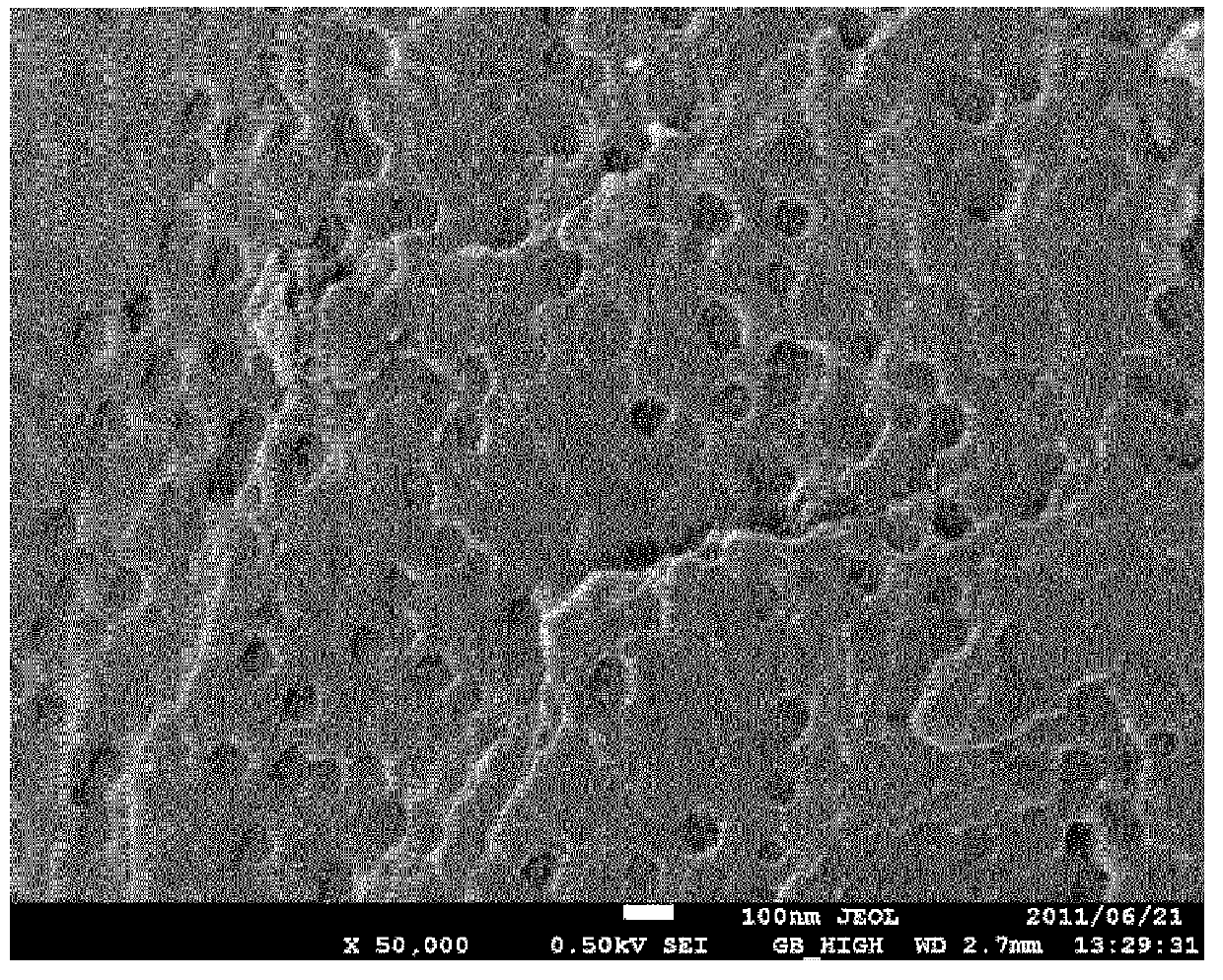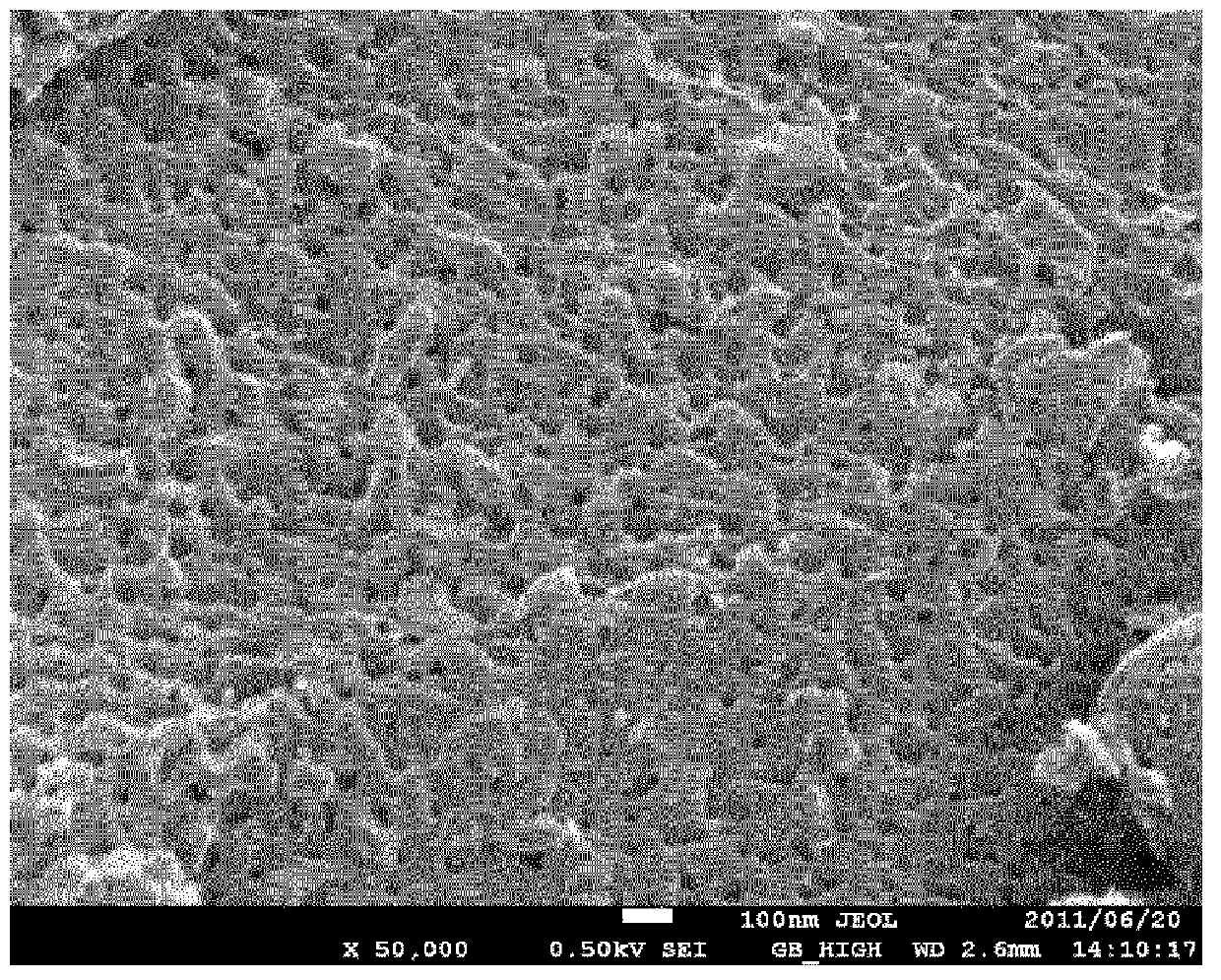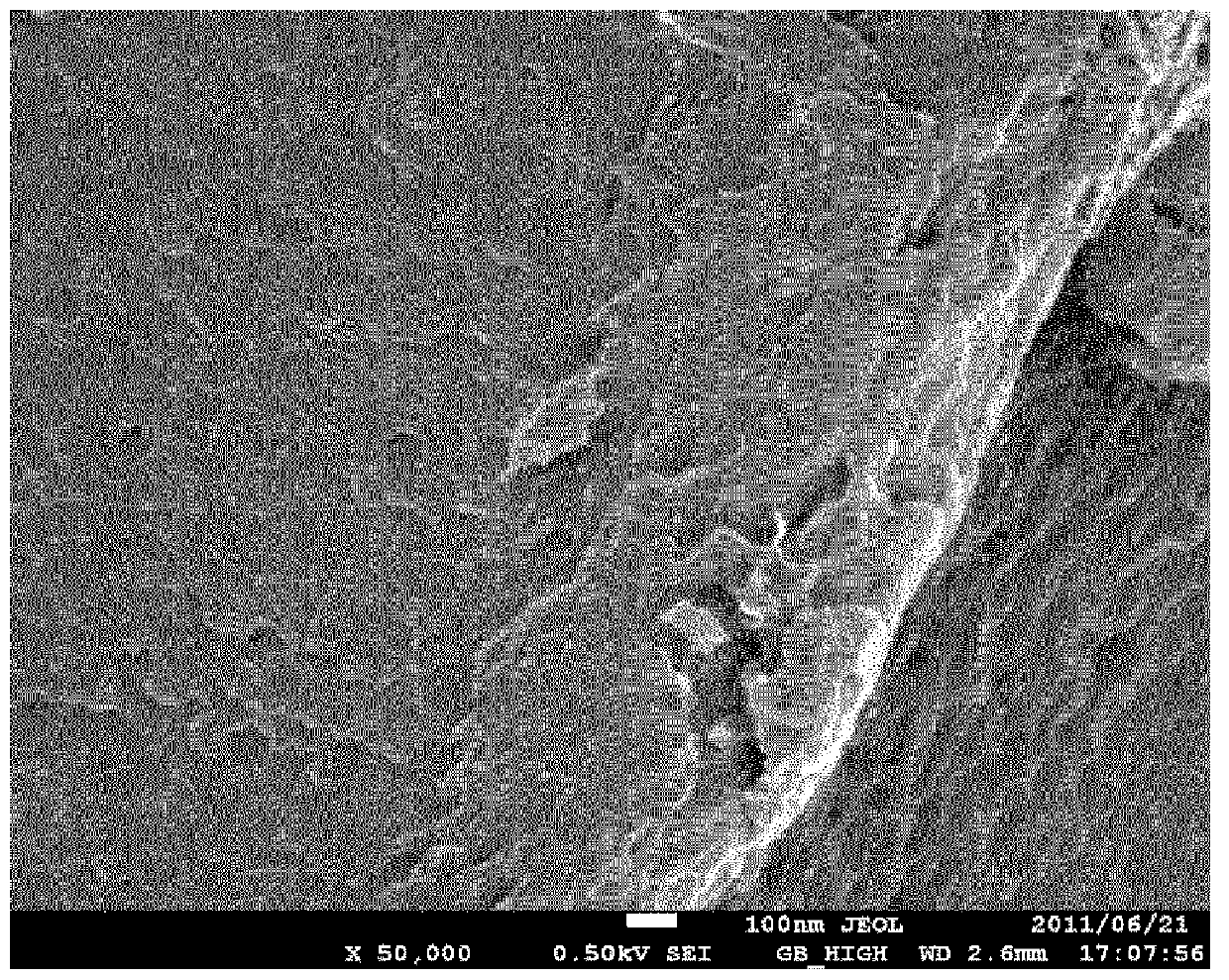Graphite material, carbon material for battery electrode, and battery
A graphite material and battery electrode technology, applied in battery electrodes, batteries, graphite, etc., can solve problems such as poor cycle characteristics, low initial efficiency, and reduced electrode performance, and achieve high cycle characteristics, improved safety, and mass production excellent effect
- Summary
- Abstract
- Description
- Claims
- Application Information
AI Technical Summary
Problems solved by technology
Method used
Image
Examples
Embodiment 1
[0196] The residue obtained by atmospheric distillation of crude oil from Mexico was used as a raw material. This raw material has a specific gravity of 0.7° API, an asphaltene component of 15% by mass, a resin component of 14% by mass, and a sulfur content of 5.3% by mass. This raw material is put into a delayed coking process. At this time, the temperature at the outlet of the heating furnace heater before the coke drum was set to 560° C., and the pressure inside the drum was set to about 207 kPa (30 psig). It is water-cooled and discharged from the coking drum. The obtained coke was heated at 120° C. and dried until the water content was 0.5% by mass or less. At this point, the heating loss in the argon atmosphere from 300° C. to 1200° C. was 13.1% by mass. This was pulverized with a bantam mill manufactured by Hosokawa Micron. Next, airflow classification was performed with a turbo classifier TC-15N manufactured by Nissin Engineering to obtain a carbon material with D5...
Embodiment 2
[0200] The residue obtained by vacuum distillation of crude oil from California was used as a raw material. This raw material has a specific gravity of 3.0° API, an asphaltene component of 28% by mass, a resin component of 11% by mass, and a sulfur content of 3.5% by mass. This raw material is put into a delayed coking process. At this time, the furnace was operated at an internal pressure of about 214 kPa (31 psig) at a heater outlet temperature of 570°C before the coke drum. The obtained coke was in a state of being granulated into particles having a particle diameter of about 3 to 8 mm, unlike usual ones. This was water-cooled and discharged from the coking drum, heated at 120° C., and dried until the water content was 0.5% by mass or less. At this point, the heating loss in the argon atmosphere from 300° C. to 1200° C. was 12.8% by mass. This was pulverized with a small mill manufactured by Hosokawa Micron. Next, airflow classification was performed with a turbo classi...
Embodiment 3
[0204]The residue obtained by vacuum distillation of crude oil from Venezuela was used as a raw material. This raw material has a specific gravity of 3.4° API, an asphaltene component of 21% by mass, a resin component of 11% by mass, and a sulfur content of 3.3% by mass. This raw material is put into a delayed coking process. At this time, the internal pressure is about 138kPa (20psig), and the heater outlet temperature of the heating furnace in front of the coke drum is operated at 570°C. Coke was discharged from the coking drum by water cooling, heated at 120°C, and dried until the water content was 0.5% by mass or less. At this point, the heating loss in the argon atmosphere from 300° C. to 1200° C. was 11.8% by mass. This was pulverized with a small mill manufactured by Hosokawa Micron. Next, airflow classification was performed with a turbo classifier TC-15N manufactured by Nissin Engineering to obtain a carbon material with D50=15.0 μm substantially free of particles ...
PUM
| Property | Measurement | Unit |
|---|---|---|
| diameter | aaaaa | aaaaa |
| specific surface area | aaaaa | aaaaa |
| particle size | aaaaa | aaaaa |
Abstract
Description
Claims
Application Information
 Login to View More
Login to View More - R&D
- Intellectual Property
- Life Sciences
- Materials
- Tech Scout
- Unparalleled Data Quality
- Higher Quality Content
- 60% Fewer Hallucinations
Browse by: Latest US Patents, China's latest patents, Technical Efficacy Thesaurus, Application Domain, Technology Topic, Popular Technical Reports.
© 2025 PatSnap. All rights reserved.Legal|Privacy policy|Modern Slavery Act Transparency Statement|Sitemap|About US| Contact US: help@patsnap.com



